iPhone 4 HSUPA support speeds 3G uploads by 10x
HSUPA (also known as Enhanced Uplink) is a 3G protocol that provides uplink speeds up to 5.76 Mbps in the Category 6 flavor supported by iPhone 4. It joins HSDPA (High-Speed Download Packet Access), the enhanced download upgrade to UMTS 3G service that was supported by last year's iPhone 3GS, enabling up to 7.2 Mbps downloads. Because it lacked support for HSUPA, iPhone 3GS was limited to just 384 kbps uploads.
Support for both HSDPA and HSUPA in iPhone 4 makes the phone a "3.5G" device and means it can theoretically achieve 7.2 Mbps downloads and 5.8 Mbps uploads, but those capabilities are also dependent upon the mobile operator.
Jobs: That's 'theoretically' because the carriers don't support it yet
In the US, AT&T's 3G HSDPA primarily maxes out at 3.2 Mbps, with typical speeds ranging from 0.7 to 1.7 Mbps. The company is in the process of deploying faster 7.2 Mbps service, but this is currently limited to just a few cities: Charlotte, Chicago, Dallas, Houston, and Los Angeles and Miami.
In terms of uploads, AT&T's 3G HSUPA network operates with typical speeds ranging from 0.5 to 1.2 Mbps, roughly two to four times faster than 0.3 Mbps theoretical maximum of the non-HSUPA capable iPhone 3GS. Not all of AT&T's 3G network supports faster HSUPA service.
In actual practice, tests reported by Gizmodo which pitted the iPhone 3GS against iPhone 4 found that download speeds measured across several locations in New York City were largely the same, with both ranging from 0.5 to 2 Mbps on both phones.
However, upload speeds were dramatically faster with iPhone 4. Without support for HSUPA, iPhone 3GS was stuck pushing files out at around 0.1 Mbps, while iPhone 4 was able to achieve uploads better than 0.6 to 1.4 Mbps, an improvement of an order of magnitude.
AppleInsider found similar upload speeds available to iPhone 4 in San Francisco: around 1.5 Mbps down and 0.7 Mbps up. That's much faster than before, but nothing near 802.11n WiFi supplied cable broadband, which effortlessly delivers Internet service 8.4 Mbps down and 3.5 Mbps up.
By comparison, Verizon's EVDO Rev A 3G network claims download speeds of 0.6 to 1.4 Mbps, and upload speeds of 0.5 to 0.8 Mbps, with pockets of slower service comparable to AT&T's EDGE. AT&T claims a slight edge in download speeds but significantly faster uploads. T-Mobile's 3G network, although limited in scope, is 7.2 Mbps. Sprint's highly touted WiMAX "4G" network claims average speeds of 3 to 6 Mbps downloads and 1 Mbps uploads, but is similarly only available in a few locations.
Outside the US, several mobile operators in Canada, Europe, Asia, and Australia have been supporting 7.2 Mbps or faster HSDPA for more than a year (with some offering even faster 14.4 Mbps or better service) and 1.4 to 5.8 Mbps HSUPA speeds. Even faster HSPA+ networks have started offering 21.6 Mbps downloads over the past year.
 Daniel Eran Dilger
Daniel Eran Dilger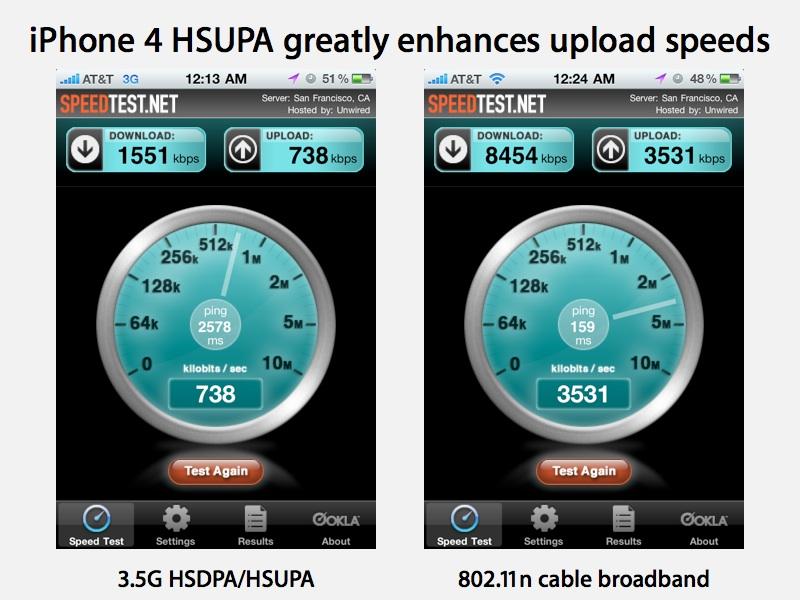


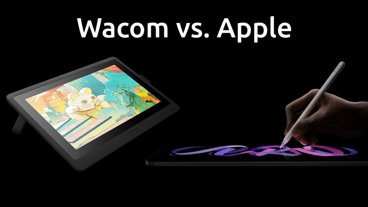

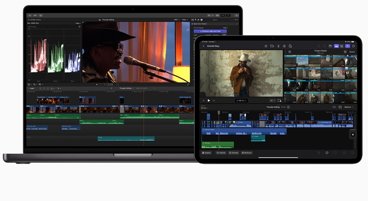







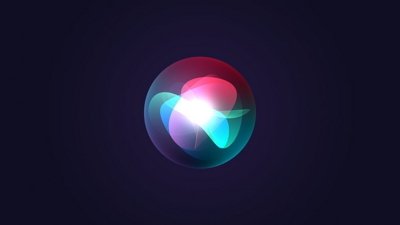
 Malcolm Owen
Malcolm Owen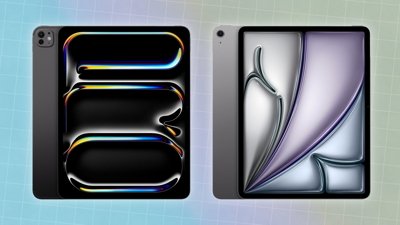
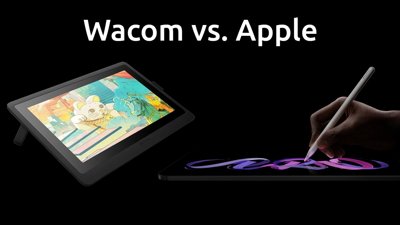
 Amber Neely
Amber Neely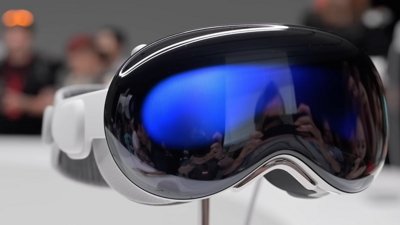
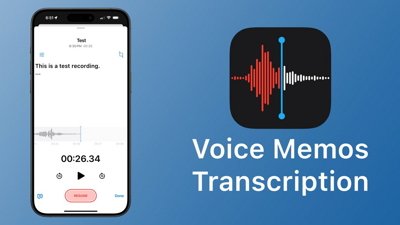
 Marko Zivkovic
Marko Zivkovic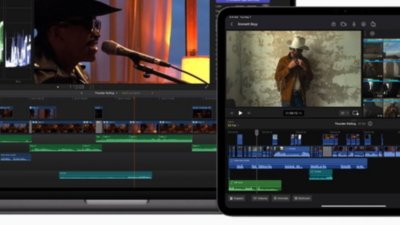
 David Schloss
David Schloss
 Wesley Hilliard
Wesley Hilliard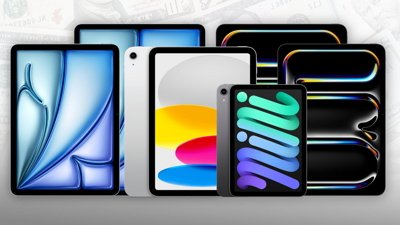
 Mike Wuerthele and Malcolm Owen
Mike Wuerthele and Malcolm Owen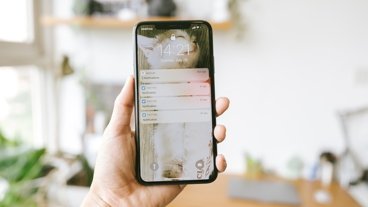
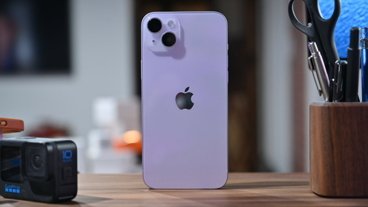
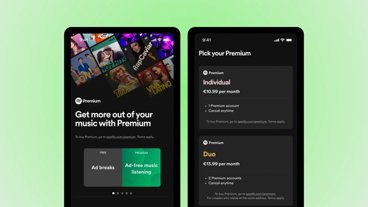







53 Comments
Yeah, the 7.2 Mbps was a slight disappointment, was hoping for 10.2 or 14.4 Mbps
"oddly secret 512MB"
It's only seems odd to geeks and techies. Regular people (who are now the vast majority of iPhone buyers) just want a phone that does what it says on the box. Besides, having two memory sizes (one for working RAM and one for storage) would be confusing to a lot of people (what, it only has 512MB for storing music?! That's less than my USB stick!). This has been a deliberate marketing strategy of Apple since the first iPod (1000 songs), along with the slower than normal product life-cycle and relatively few choices (both of which make it easier for people to actually buy the product).
Dear Steve Jobs,
if you are reading this I can test one in Australia, my address is...
You'll need the new iPhone 4.1 for super awesome 3G speeds.

Yeah, the 7.2 Mbps was a slight disappointment, was hoping for 10.2 or 14.4 Mbps
Yeah, and I was hoping for 100 Mbps.....